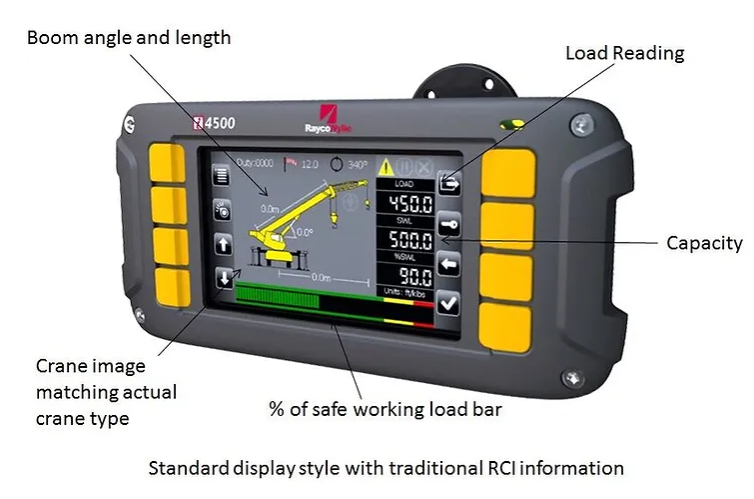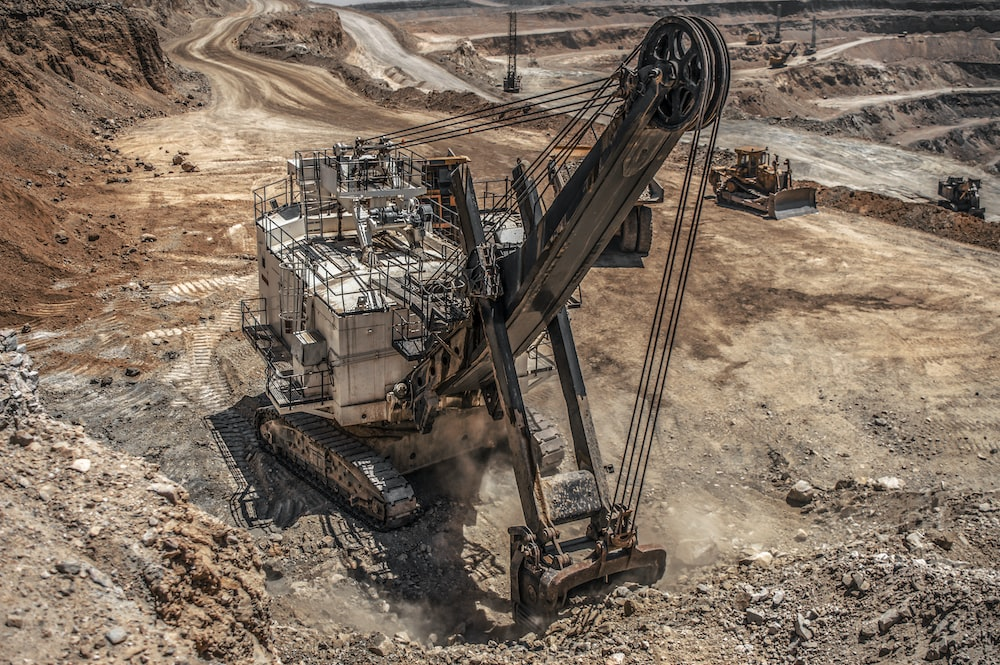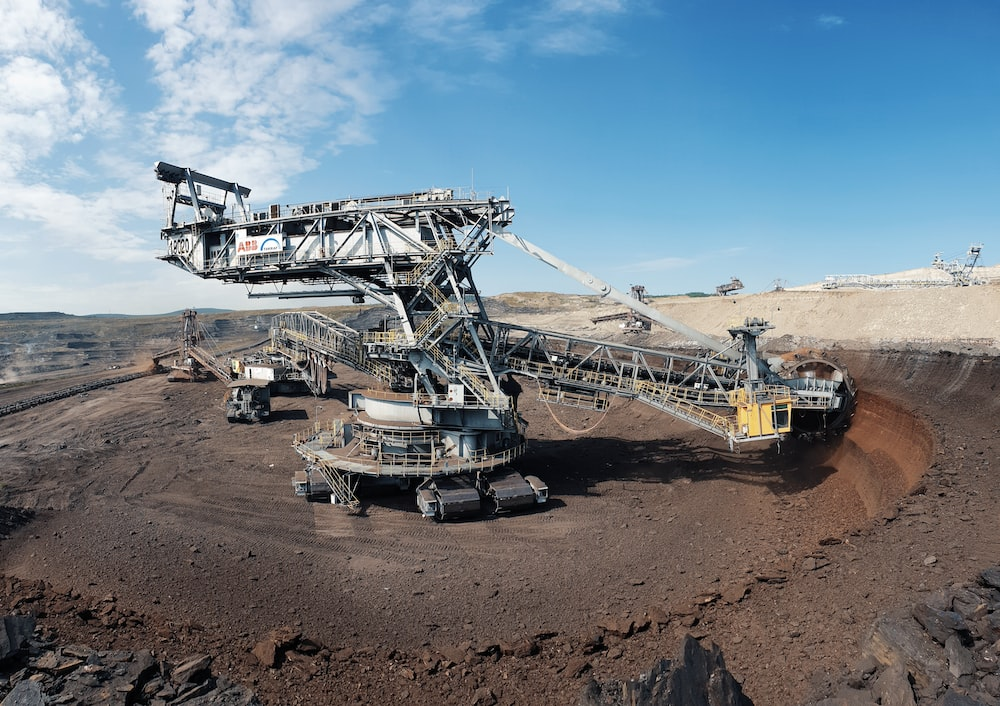If you visit a coal mine, chances are you’ll see an array of cranes dotted around the area. Coal mines feature all kinds of cranes and other heavy machinery, such as dragline excavators that unearth coal and mining hoists that lower/raise coal and personnel conveyances through shafts. Unfortunately, these heavy machines can also create dangerous situations if proper crane safety isn’t practiced.
Keen to learn how to maximize crane operational safety near coal mines? Here are 5 useful tips to help you.

1. Check Whether the Load Moment Indicator is Working
One of the most important crane safety tips to keep in mind involves load-moment indicators. These are devices that are used to monitor whether a crane is operating according to the manufacturer’s guidelines.
Load moment indicators measure everything from the angle and length of the crane boom to the weight of the load being lifted. They also come with an array of sensors, such as wireless crane anemometers and dynamometers, to measure the effects of wind speed and rotational duress of the load on the crane. Put simply, load moment indicators are your first line of defense against crane-related accidents—so it’s vital to make sure they’re working properly.
2. Comply with Load Limits
Once you’ve ensured the crane load indicator is working, it’s time to abide by the limits on the display. In other words, if the safe working load bar is in the yellow or red zone, consider putting the load down and reducing the weight on the boom. This will prevent instances like the crane tipping over as a result of the boom carrying more weight than the limits established during the overload testing process.
It’s important to remember that load moment indicators display an array of readings to help you manage the load being picked up by the crane. I recommend paying attention to all of these instead of solely focusing on the load weight if you want to maximize crane safety at the mine.

3. Hire Adequately Trained Crane Operators
No matter how much you scrutinize cranes and load moment indicators, you won’t be able to maximize safety if the crane operators aren’t trained properly. This is why I recommend paying close attention to the qualifications the crane operator has under their belt.
Ask yourself—have they undergone sufficient training as per the US Department of Labor’s Occupational Health and Safety Administration? Are they experienced in operating mining cranes in particular? Do they have the first-aid training required to handle emergencies in the event of an accident? Use the answers to these questions to recruit crane operators that’ll help you maximize safety at the mine.
4. Conduct Daily Ground Checks at the Crane Operational Sites
Mining cranes are massive machines that must be moved to locations at the mine and assembled on-site. These locations include roads that must be vertically and horizontally aligned at all times to prevent accidents, as per the Bureau of Mines under the US Department of the Interior.
In other words, site supervisors must conduct daily checks for things like erosion on the roads where mining cranes are due to operate. Failing to do this could cause the ground under the crane to buckle—preventing the crane from being safe to use irrespective of whether you’ve hired trained operators, complied with load limits, and checked the load monitor indicator.

5. Rig Loads Properly
The last tip I want to share with you today pertains to rigging the load. If you want to maximize crane safety, it’s vital to ensure the load being lifted by the crane’s hook is attached properly. This involves calculating everything from the load angle to the maximum weight that may be safely placed on the rigging equipment, as per the US Department of Energy.
I recommend doing this using a calibrated crane load indicator and crane alarm. The display will show you the various factors to consider, such as wind speed (via the wireless anemometer) and the torque on the boom tip (via the dynamometer).

Crane Warning Systems Atlanta is a Leading Supplier of Crane Load Indicator Systems That Help Mining Companies Increase On-Site Safety
Struggling to improve crane systems at your coal mine? It’s time to source a state-of-the-art load moment indicator (LMI) from Crane Warning Systems Atlanta.
Crane Warning Systems Atlanta has helped countless mining companies across the country benefit from using crane LMIs made by renowned manufacturer RaycoWylie. Their LMIs work with a variety of models and feature numerous components that combine to provide optimal crane safety.
Contact the Crane Warning Systems Atlanta team today to request a quote from one of the leading crane indicator system suppliers in the country.
About the Author
Leandro S. is a retired mining supervisor with over 3 decades of crane operational experience. He currently acts as a consultant for mining companies looking to improve crane safety. In his spare time, Leandro researches the effects of weather conditions on crane warning systems.

